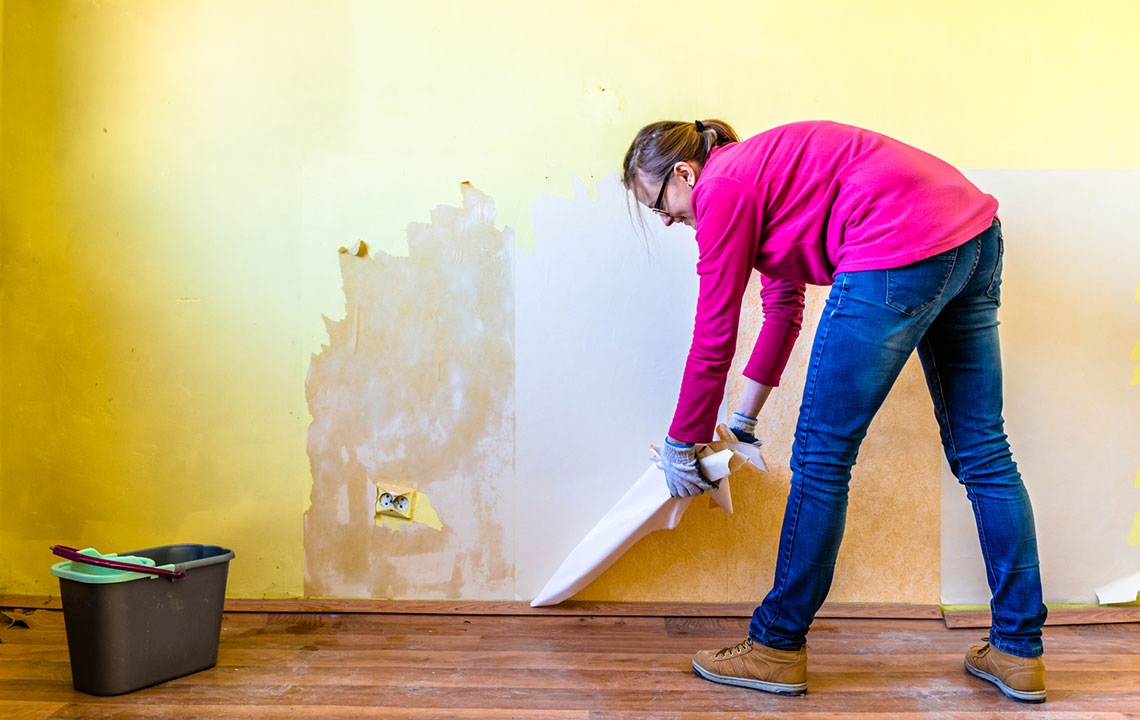5 water damage repairing tips you should know
Water damage can cause a lot of money. It can not only ruin your most prized possessions but also the house you live in. So, it is important to act quickly so that you can avoid or minimize the damage to your house or possessions. Some of the most useful water damage repair tips are:
Get rid of all the moisture
It is the most important and basic tip. Smallest leakages can build up moisture which can give rise to molds. Use large capacity dehumidifiers and fans to dry out surrounding wood and materials before it gets damaged further.
Remove porous materials
Porous materials such as fabric wallpapers, insulation, and carpet that have been soaked in water can retain moisture for a long time and cause mildew.

Know different types of water
Rainwater or water from condensation and leaky pipes can cause damage to your property. It is relatively harmless if you clean it up regularly. Gray water is contaminated water from dishwashers and washing machines. The third and the most harmful type is the black water which comes from sewage and nearby flooded rivers. It contains waste, bacteria, and other serious contaminants. It is recommended to contact water damage repair services to clean this type of water.
Install new, sealed floors
If the water has damaged the carpets and wallpapers, it might be evident that the water has seeped in and damaged the floor. So if you notice swollen footboards and moist ceilings, it may have moisture trapped underneath. Hence, make sure you install a new waterproof floor in the affected area. High-end vinyl, ceramic tiles, and engineered wood materials help protect floors, walls, and ceilings from future water damage.
Replace drywall
Water damage experts suggest that you should repair drywall if it has swelled or sagged 3/8 th of an inch or more from the baseline. You can either replace the entire sheet or cut out and repair the water-stained portion.

